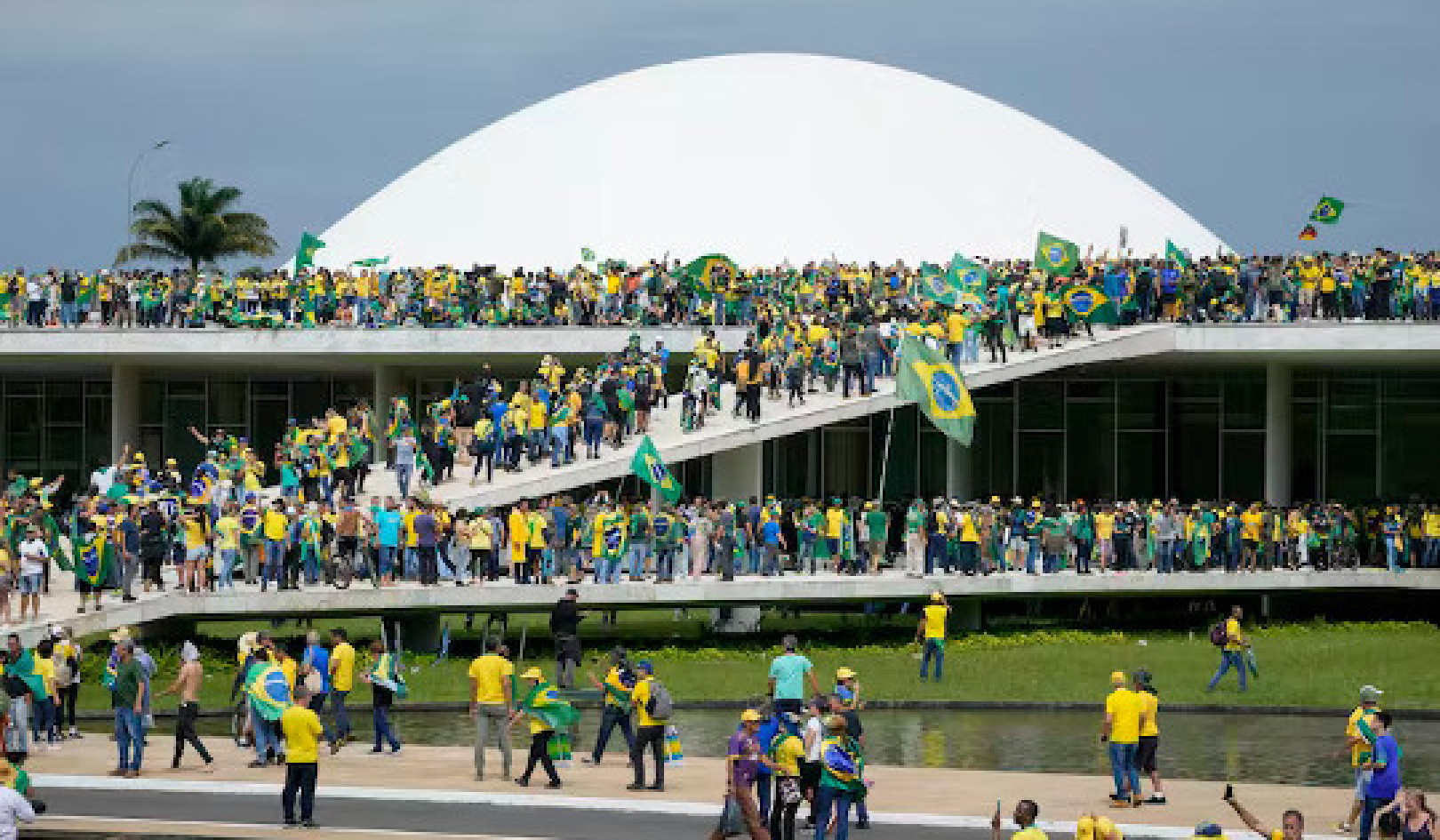
Attention, passengers: The train to sustainability is now going local.
More than 80 percent of Americans now live in or around cities—and the urbanization of our population has major implications for climate change. The sheer volume of all this growth in highly concentrated areas, combined with the corresponding growth in carbon emissions, requires that our cities be able to adapt and evolve more quickly than ever before.
The good news is: they can. It turns out that many of the things we do to make our communities safe, healthy, and economically resilient are the very same things that can help us adapt to, and curb the effects of, climate change. Many cities are already working hard to offer an array of housing options, from apartments to single-family homes; to encourage mixed-use and transit-oriented development, so that people can walk or take a train to run their errands and do their shopping; and to create reliable, accessible forms of public transportation for getting to school and to work.
As it happens, these cities are also decreasing their citizens’ overall reliance on automobiles, and substantially reducing carbon pollution as a result.
The basic ingredients of any healthy city are good housing, good jobs, and good transportation. Realizing this, NRDC’s Urban Solutions program has taken a collaborative, people-first approach to fostering urban sustainability by empowering neighbors to restore and revitalize their own communities. The planners, policy experts, engineers, lawyers, and others who make up our group collaborate with officials, community groups, and individuals to generate new ideas and break through the barriers that can often delay action.
Already, we’re seeing signs of positive change in cities all over the country—including some surprises. In Los Angeles, for example, the revitalization of the Los Angeles River, combined with massive and much-needed new investments in public transportation, now have the potential to transform the city that most people think of as built from concrete and designed for automobiles. The result will be a much more livable place: where houses and businesses mix with wildlife habitat and public green space, and where a car is not required to get around.
At the level of individual neighborhoods, historic communities such as Little Tokyo and Watts have been working to create cultural eco-districts that will encourage sustainable development while preserving important aspects of their cultural identities.
Leadership is key. Mayors are unique among officials in that they have the ability to set ambitious goals—and then to rally public, private, and civic institutions to join them in meeting these goals. Fittingly, more than 200 U.S. cities have now added sustainability directors to their municipal government rosters; these public servants are not only finding ways to maximize energy efficiency but also supporting efforts to bring healthy food to disadvantaged neighborhoods and prepare residents for extreme weather events.
In Atlanta, Mayor Kasim Reed and his director of sustainability, Denise Quarles, are helping to make their city a national leader in sustainable development by doing things like planting gardens in more than 50 neighborhoods, and by championing one of the country's most creative transit projects—the Atlanta Belt Line—which is converting abandoned freight lines into a streetcar route and bike-trail network. From the work that they and other city leaders are doing across the country, it’s becoming easier than ever to see that our most sustainable cities are also our healthiest, most economically robust places to live, work, and play.
This article originally appeared in OnEarth
About the Author
 The director of NRDC's Urban Solutions program, Shelley Poticha has worked on various NRDC initiatives, including transportation policy reform, LEED-ND, and the creation of Smart Growth America. She was formerly a senior advisor and director of the Office of Sustainable Housing and Communities at the Department of Housing and Urban Development. She also served as president and CEO of Reconnecting America, where she became a national leader for the reform of land use and transportation planning and policy with the goal of creating more sustainable and equitable development. Prior to that, she served as executive director of the Congress for the New Urbanism. She holds a master's in city planning from the University of California, Berkeley, and a bachelor's from the University of California, Santa Cruz.
The director of NRDC's Urban Solutions program, Shelley Poticha has worked on various NRDC initiatives, including transportation policy reform, LEED-ND, and the creation of Smart Growth America. She was formerly a senior advisor and director of the Office of Sustainable Housing and Communities at the Department of Housing and Urban Development. She also served as president and CEO of Reconnecting America, where she became a national leader for the reform of land use and transportation planning and policy with the goal of creating more sustainable and equitable development. Prior to that, she served as executive director of the Congress for the New Urbanism. She holds a master's in city planning from the University of California, Berkeley, and a bachelor's from the University of California, Santa Cruz.
InnerSelf Recommends:
This Changes Everything: Capitalism vs. The Climate
by Naomi Klein.
 The most important book yet from the author of the international bestseller The Shock Doctrine, a brilliant explanation of why the climate crisis challenges us to abandon the core “free market” ideology of our time, restructure the global economy, and remake our political systems. In short, either we embrace radical change ourselves or radical changes will be visited upon our physical world. The status quo is no longer an option. In This Changes Everything Naomi Klein argues that climate change isn’t just another issue to be neatly filed between taxes and health care. It’s an alarm that calls us to fix an economic system that is already failing us in many ways.
The most important book yet from the author of the international bestseller The Shock Doctrine, a brilliant explanation of why the climate crisis challenges us to abandon the core “free market” ideology of our time, restructure the global economy, and remake our political systems. In short, either we embrace radical change ourselves or radical changes will be visited upon our physical world. The status quo is no longer an option. In This Changes Everything Naomi Klein argues that climate change isn’t just another issue to be neatly filed between taxes and health care. It’s an alarm that calls us to fix an economic system that is already failing us in many ways.
Click here for more info and/or to order this book on Amazon.























